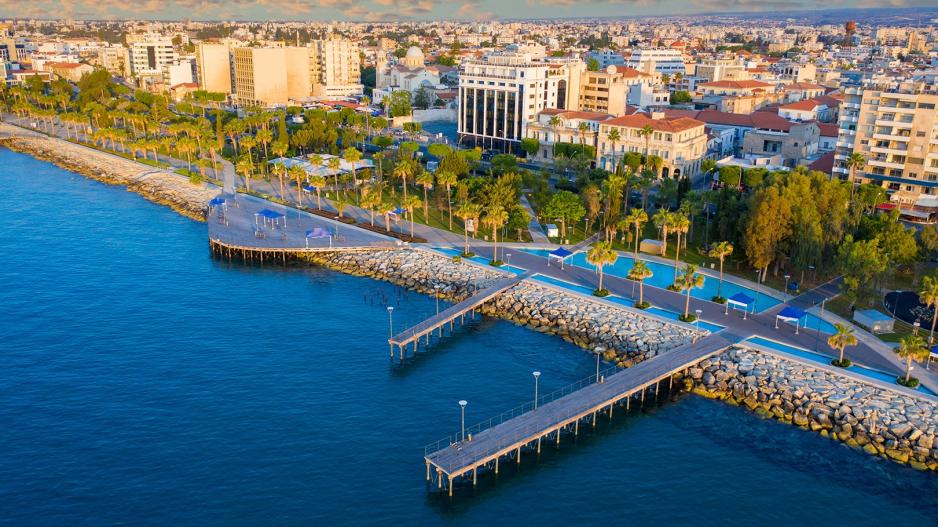Housing Prices in Limassol Surge Ahead of Other Regions
Foreign Demand Drives Disproportionate Price Increases Since 2016
Housing prices in the Limassol region have been increasing at a faster rate than in other areas. Since 2016, prices in the Limassol district have diverged from those in other cities, primarily due to disproportionate foreign demand. According to data from the International Monetary Fund (IMF) on Cyprus, this price increase did not slow down after November 2020.
"Even after the outbreak of the Russia-Ukraine war, prices in Limassol did not decrease as many expected. Instead, they accelerated, reaching a 15% increase in nominal terms from the first quarter of 2019," the IMF notes.
This trend is attributed mainly to strong domestic demand and a renewed surge in external demand—up by about 30% from the first quarter of 2019 to the fourth quarter of 2022. This surge is likely due to the influx of new migrants from Russia and Ukraine and the arrival of companies and workers.
The IMF explains that one way to assess the risk associated with high debt, especially given rising interest rates and the increasing cost of living, is to identify households that are "overburdened" and therefore may struggle to meet their mortgage commitments. According to an econometric simulation based on household-level data, households are considered overburdened if their mortgage payments and essential consumption (such as food and utilities) exceed 70% of their gross income.
The IMF's findings show that "more than half of the households with mortgages—concentrated in the lower income brackets—could now be overburdened. Mortgages represent about 70% of total household debt, which is significantly higher than the EU average."
The IMF further notes that "this debt has been non-performing since the crisis period, and the impact will depend on how non-performing loans (NPLs) and the underlying collateral, in some cases, are managed by banks and NPL management and acquisition companies."
The affordability index confirms that "affordability is lower in Limassol, and prices remain low compared to other countries." According to price-to-income ratios provided by Numbeo (2023), the affordability index in Limassol was approximately 20% higher than in Nicosia and about 30% higher than in Larnaca, Paphos, and Famagusta. However, in comparisons between countries, the affordability index of properties in Cyprus, including Limassol, is much better than in other cities in the region.
For example, in Thessaloniki and Athens, the index is nearly double, while in Tel Aviv, Valletta (Malta), and Beirut, it is even higher. "Despite some uncertainty regarding the reliability of these figures, this comparison suggests that Cyprus's cities remain relatively affordable and attractive destinations for foreigners," the report notes.
The inequality in the region is somewhat more pronounced in rental prices. In line with housing prices, rents are higher in Limassol. According to Numbeo data (2023), "the rent-to-income ratio in Limassol is a quarter higher than in Larnaca, a third higher than in Paphos, and half higher than in Nicosia, where rents are relatively cheap compared to prices."






